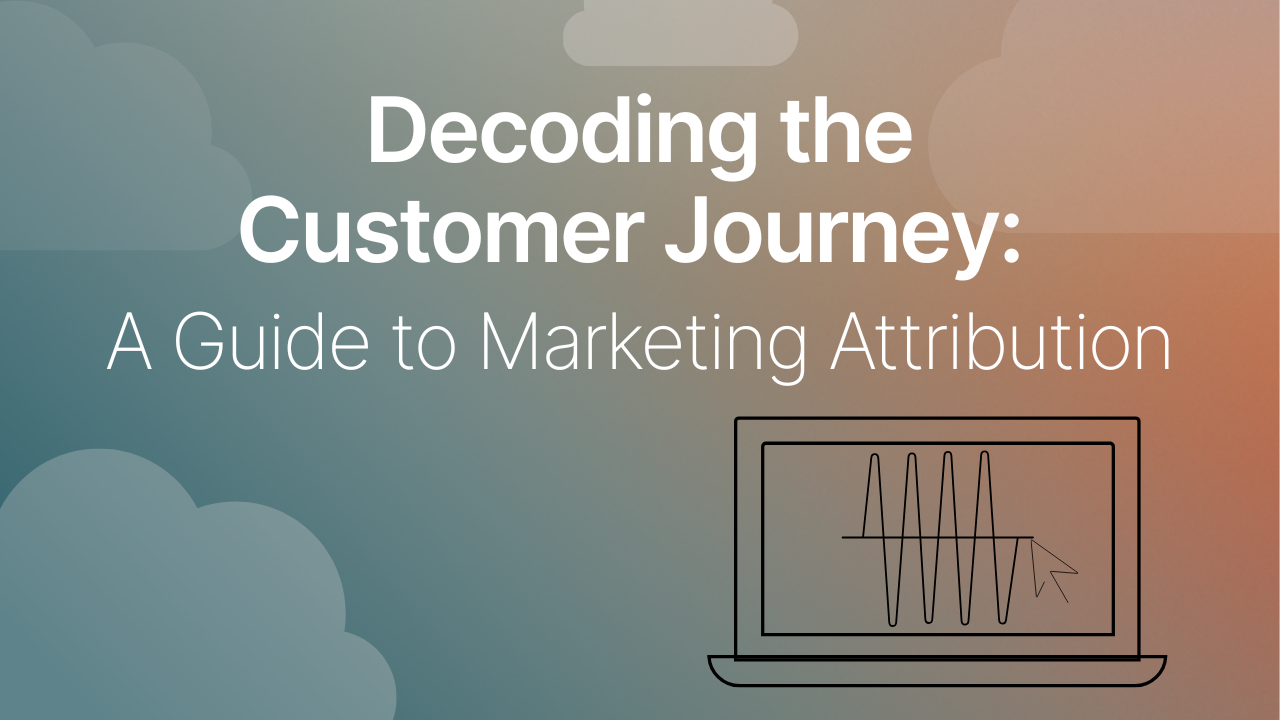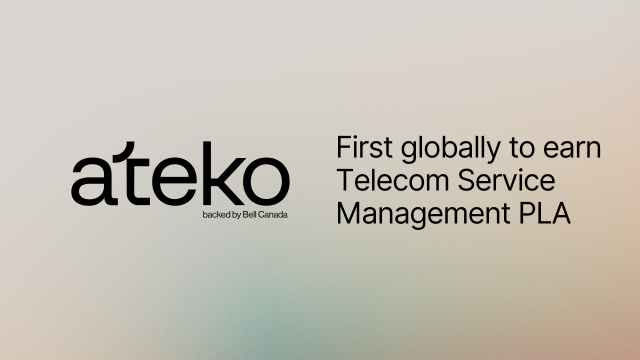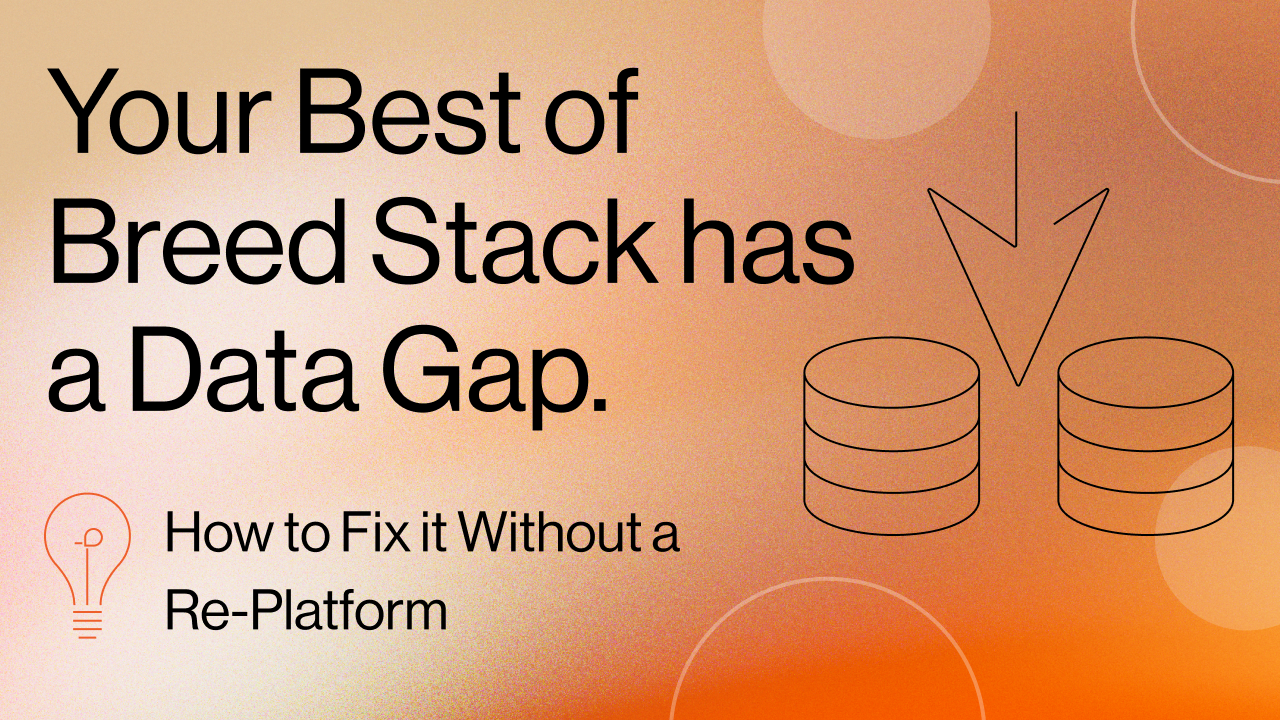Trying to understand why a customer finally decides to buy can feel a bit like solving a puzzle. Was it that first social media post they saw? Or maybe the helpful guide they downloaded weeks later? What about that awesome product demo that really sealed the deal? This is where marketing attribution comes in: it’s all about figuring out which steps along the way deserve credit for a customer’s decision to purchase.
Why Do Attribution Models Matter?
Marketers often have lively discussions about which attribution model is best and why. These models are essentially different ways to look at how customers interact with your company. Some are pretty straightforward, while others are quite complex and rely on a lot of data. While no model can perfectly capture the messy reality of how people make decisions, choosing the right one can definitely show you what’s working in your marketing and help you make improvements.
Think of attribution models like different sets of eyeglasses. Each pair helps you see your customer’s journey from a unique angle, highlighting certain interactions while perhaps making others less clear. Our goal here is to explore these various “lenses” and help you find the one that best fits your current needs.
Getting Started: Your Attribution Checklist
Before you dive into the specifics of different models, it’s smart to ask yourself a few key questions:
- What are you trying to learn? Are you focused on which initial channels grab attention? Which actions turn someone into a solid lead? Or which campaigns actually bring in the most sales? Knowing your goals will guide your model choice.
- What’s your typical customer journey like? Is it a quick, simple process, or a complex one with many steps and interactions over time? The more involved your sales cycle, the more sophisticated a model you might need.
- What resources do you have available? Do you have the right tools and people to set up and understand complex models, or are you just getting started with attribution? It’s important to pick a model that’s manageable for your team.
Once you have a clear understanding of your goals and what you can realistically handle, you can start exploring the different attribution models.
Simple Approaches: Focusing on One Key Moment
These models give all the credit to just one important point in the customer’s journey:
- First Touch: This model gives 100% of the credit to the very first thing a customer saw or interacted with. The idea is that without that initial spark of awareness, nothing else would have happened. It’s easy to grasp and can be useful for evaluating early-stage marketing efforts, especially if your sales cycle is short. However, it completely overlooks all the crucial nurturing and engagement that happens later. It’s a bit like giving all the credit for a successful business partnership to the first handshake at a networking event, ignoring all the hard work that followed.
- Lead Creation: This model shifts the focus to the point where a prospect becomes a recognizable lead, giving 100% of the credit to the marketing effort that triggered that conversion (e.g., filling out a form). The logic here is that this is the moment someone shows clear interest. It’s relatively easy to implement and provides good insights into how well you’re generating leads. But, like the first-touch model, it doesn’t consider all the interactions that led up to that conversion or the engagements that happen afterward.
More Complex Models: Seeing the Whole Picture
These models acknowledge that multiple interactions contribute to a customer’s decision to buy:
- Evenly Split (Linear): This straightforward multi-touch model distributes credit equally across every single marketing interaction a customer had. The reasoning is that every touchpoint played a part in moving the prospect forward. While it’s simple to understand, it often oversimplifies reality. A quick blog visit months before a high-impact product demo would receive the same weight, which might not accurately reflect what truly influenced the sale.
- Early Stage Focus (U-Shaped): This model places significant weight (typically 50% each) on the first touch and the lead creation touch, with the remaining credit spread out among other interactions. It recognizes the importance of both initial awareness and the moment of conversion. This offers a more balanced view than single-touch models, especially for teams focused on lead generation.
- Mid-Way Important (W-Shaped): Building on the U-shaped model, this one also highlights the opportunity creation stage. It assigns a big chunk of credit (like 30% each) to the first touch, lead creation, and opportunity creation, with the remaining 10% distributed elsewhere. This gives you a better look at how marketing helps create sales opportunities. However, it still doesn’t account for activities that happen after the opportunity is created.
- Full Journey (Full-Path): This model takes the W-shaped idea even further by including the final sale. Key milestones throughout the entire sales process (first touch, lead creation, opportunity creation, and the close) each get a significant portion of the credit (e.g., 22.5% each), with the rest distributed among other touchpoints. This gives you the most comprehensive view of marketing’s influence across the entire customer journey and offers more sensible weighting than simply splitting credit evenly.
- Made-to-Order (Custom): For organizations with a deep understanding of their unique customer journey, the custom model offers the flexibility to define specific stages beyond the standard ones (like MQL) and assign custom weightings based on their perceived importance. While powerful, this requires careful thought and can be prone to inaccuracies if your initial assumptions are flawed. It’s often smart to start with a full-path model and then build a custom one as your understanding grows.
- Smart Data (Machine-Learning): This advanced model uses algorithms to analyze vast amounts of data and recommend credit weightings. It considers factors like how likely a touchpoint is to lead to a sale (predictiveness), its conversion rate (ease/difficulty), and whether it’s unique to certain stages (uniqueness). This data-driven approach can uncover valuable insights and help you understand which interactions truly drive results. The insights from a machine-learning model can also inform and improve a custom model.
- Strategy Based (Tactic-Weighted): This model moves beyond just stages and assigns credit based on the perceived impact of specific marketing tactics. For example, a high-touch event might get more credit than a simple content download. While this makes intuitive sense to many marketers, it often requires custom setup and strong tracking capabilities. Combining this with a position-based model could offer a powerful combination.
Choosing Your Path: Navigating the Options
The array of attribution models can seem a bit daunting. The key takeaway is that the “best” model is the one that best answers your most important marketing questions and aligns with what your organization can realistically handle.
Start by assessing your needs and available resources. Begin with a simpler, more manageable model and gradually evolve as your understanding and data capabilities grow. Remember, no model is perfect; they’re all just approximations. The real value comes from consistently applying a chosen model, understanding the general insights it provides, and using that knowledge to refine your marketing strategies.




